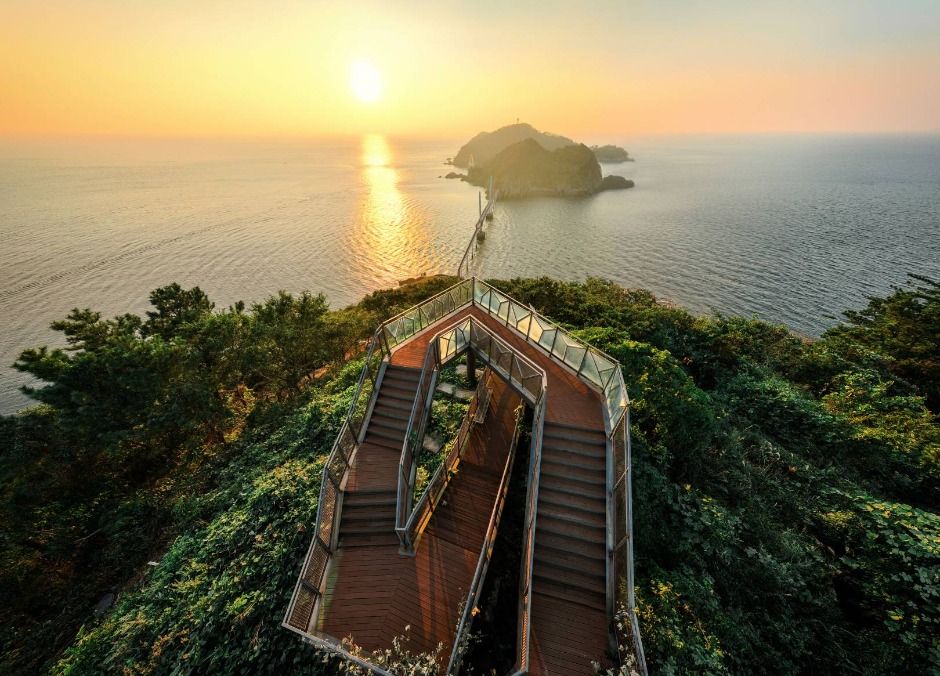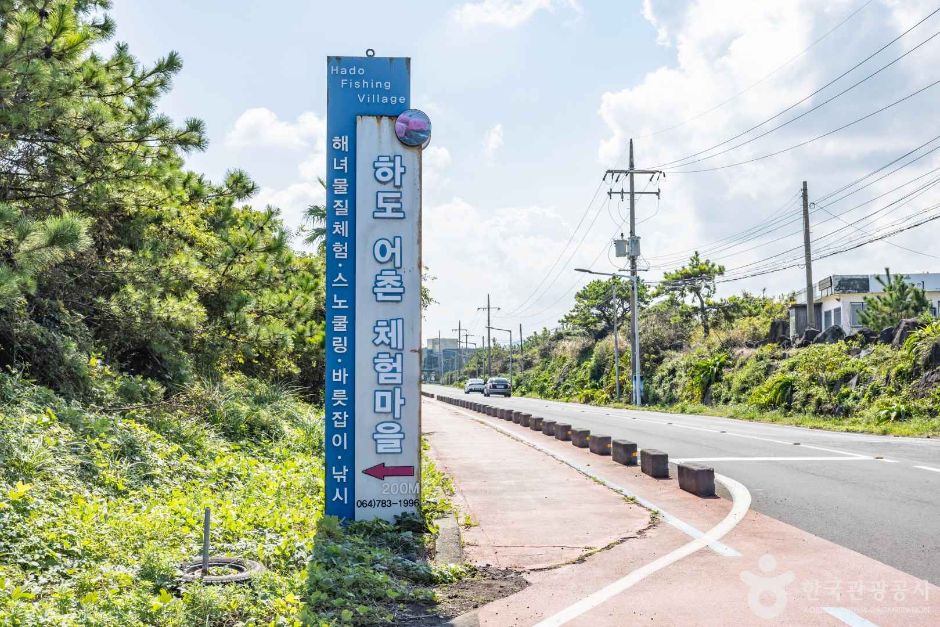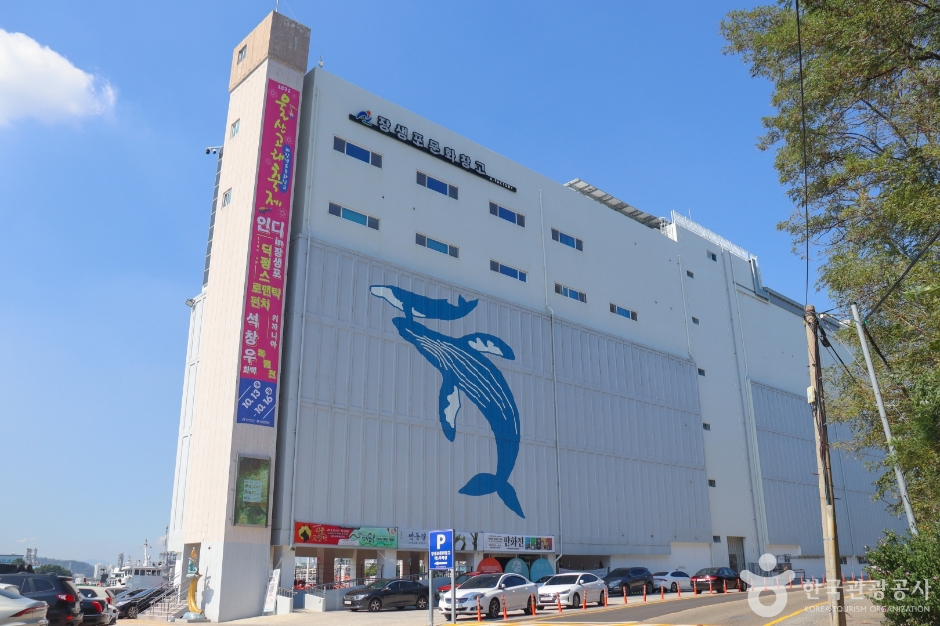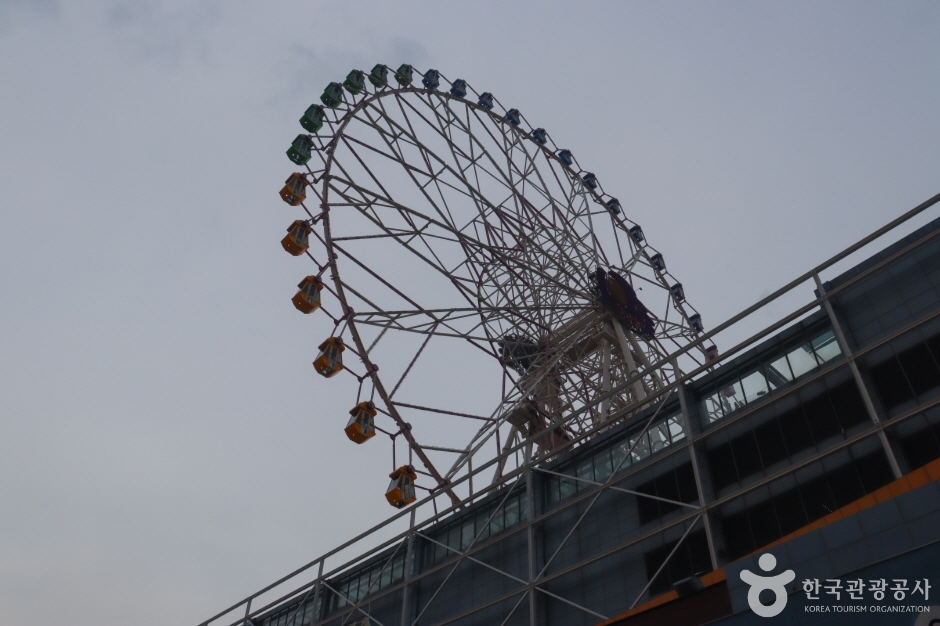Explanation
Celebrating its 42nd anniversary this year, Wooridul Spine Hospital is a unique clinic that has opened a new chapter in spine treatment by establishing a "minimally invasive spine surgery technique" that focuses on a concerned area of the spine, preserving as much normal tissue as possible.
As the only hospital in in Busan, Ulsan, and Gyeongnam specializing in spine, we enhanced accuracy and safety with a digital spine surgery system composed of three MRI machines and a neuro-surveillance monitoring.
We abide by the principle of “team surgery,” that a single patient should be cared for simultaneously by specialists across different fields, and the “Anterior Lumbar Interbody Fusion” co-performed by a cardiothoracic surgeon works to minimize complications and side effects.
From mild disc diseases to chronic diseases of elderly patients, we provide the highest level of customized treatment in Korea based on the principle of phased treatment and provide 24-hour specialized nursing care with integrated medical care service for all wards.
Our staff have authored more than 370 SCIE-level articles and 35 textbooks and are constantly researching new techniques for patients, including endoscopic treatment of spinal stenosis, surgery for spondylolisthesis through the belly button, and ligament reconstruction to preserve muscles and bones.
Information Use
Contact and Information : +82-51-559-2000
Location
1523 Jungang-daero, Dongnae-gu, Busan





 English
English
 한국어
한국어 日本語
日本語 中文(简体)
中文(简体) Deutsch
Deutsch Français
Français Español
Español Русский
Русский